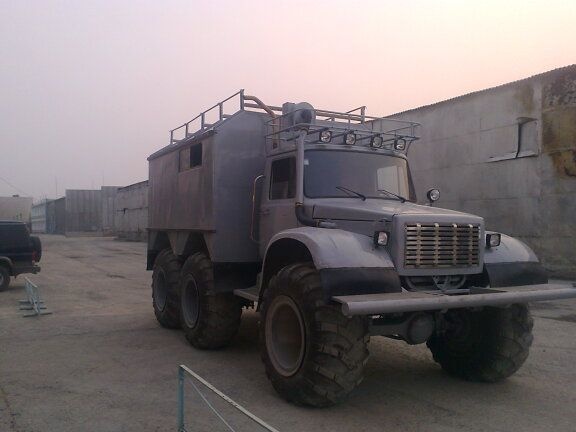
Here is another heavy all-terrain vehicle based on Gas-66. This all-terrain vehicle has a three-axle design. An all-terrain vehicle was built exclusively for the specific needs of Siberian hunting and fishing. The author did not consider the swimming ability of an all-terrain vehicle, since the car was primarily created under a strong load of two to three tons. The author explains these indicators by the fact that he loves outbound fishing / hunting for several days in the company of friends, so the machine should not only carry 3-5 people, but also a supply of food for several days, all equipment and spare parts, as well as accommodate self trophies from the hunt.
To begin with, we will consider what components and assemblies were used to create the all-terrain vehicle 6 by 6 Dusya:
1) Internal combustion engine: at first D3900K was installed with a Balkankar loader (a kind of prototype engine from MTZ), but then it was changed to D 245.9, you will find out the reasons in the article.
2) Standard bridges from Gaz-66 were used
3) Wheels of the Hurricane brand are installed (naturally with several cut-off layers to facilitate construction)
4) Specially for the needs of the all-terrain vehicle, the GAZ-51 frame (extended) was upgraded
5) Used gearbox from ZIL 130
6) The steering column from the 157th
The mass of the all-terrain vehicle turned out to be significant, about 4 tons 200 kilograms.
Now we will consider the stages of assembly of the all-terrain vehicle itself, as well as its structures.
The first thing the author did was stripping the wheels, several layers were removed. There was no need to cook the disks, since the wheels were purchased fully equipped with the Uraganov aluminum discs, machined from 15 mm to 0.7 and consisting of two halves. wheel dimensions are as follows: 1500x600x625
Here is a photo of the wheels already installed:
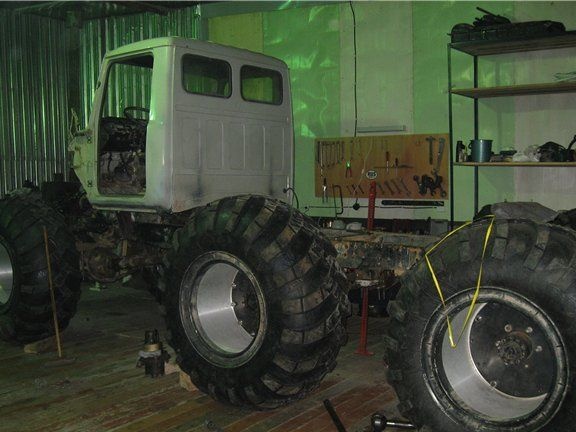
Tire weight 65kg, disc weight 50kg. The adapter plate is mounted at the junction of the two halves of the disk. The tire is not mounted because the landing native is also the same as you know the hurricane has a swap.
Since the bridges from gas-66 perfectly fit the frame from gas 51, there were no special alterations to its design, with the exception of a slight elongation.
But other designs had to be redone a little. For example, Gur 130 was first installed, but it did not perform well on a machine of this mass.Therefore, it was decided to put a metering pump with an FD 100 hydraulic cylinder from MAZ (of course, a little shortened), after that the steering wheel spun very easily, but I had to change the spring on the unloading valve, as it broke the rotation limiter twice.
And also improvements were made on springs: lightweight and reinforced.
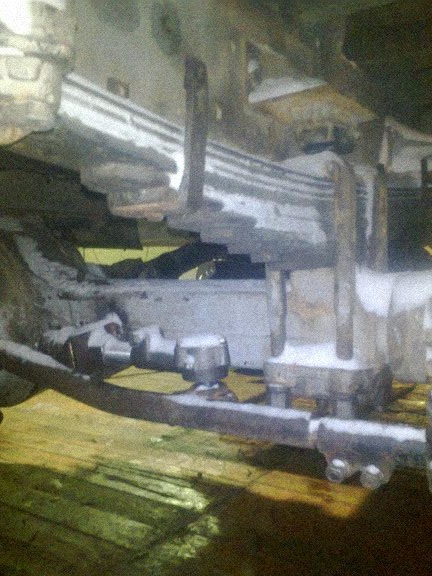
Also in this photo you can see the fixation of the steering knuckles on the middle bridge.
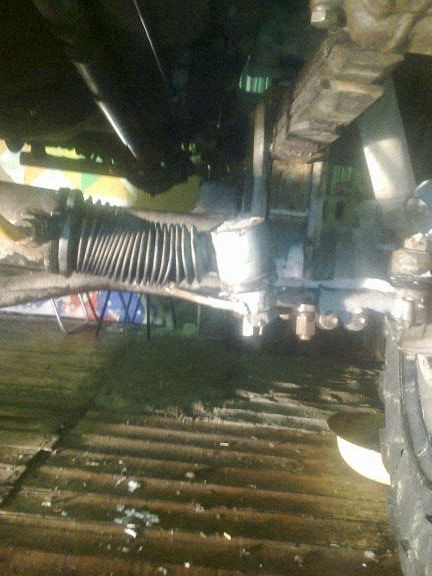
Cardans were used from Zil 131, just like the winch 131.
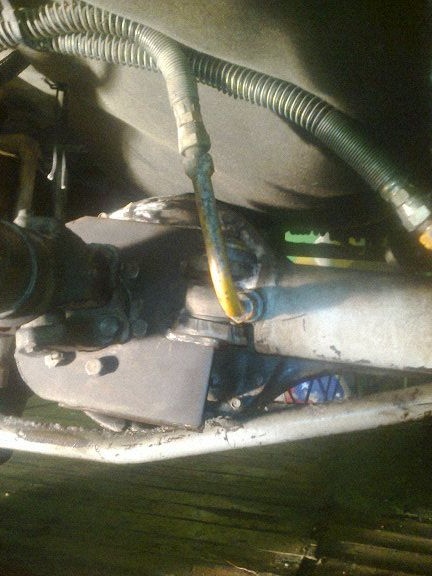
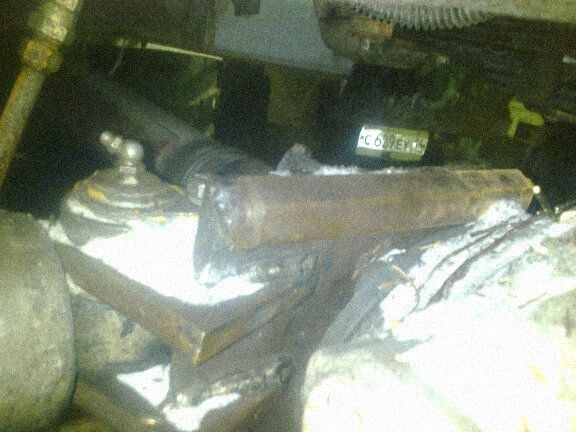
A radiator from Gas + 2 electric fans is installed:
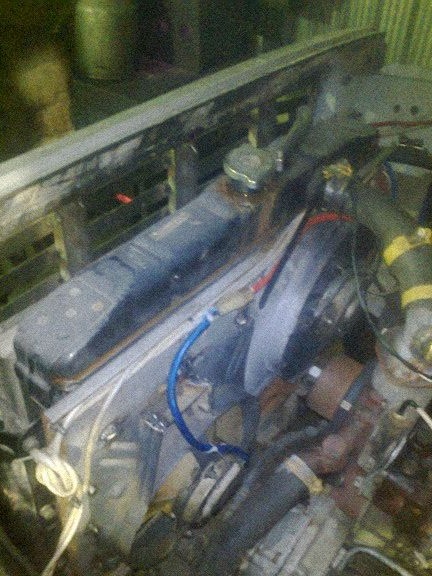
Then the author changed the engine, instead of the original D 245.9 was installed, the tests showed a noticeable difference for the better, the car became different. Also, the author rearranged the piglet from the frame to the middle bridge, which allowed to reduce noise in the driver's cab. remote lockers were built on the box for tools and spare parts, since the internal lockers in this regard are inconvenient.
And also brakes were installed, pneumatic hydraulics (brakes native system with a Catarpillar tractor).
After major improvements to the frame, the author proceeded to install the frame and trim the car.
The booth and the cabin are connected by one passage, the cabin is installed from Gaza, wings KRAZ bast.
The frame was made p-shaped, by bending metal 1. The casing consists of aluminum 1 mm thick, the sheets of which are interconnected by riveting. The author used polystyrene as a heater, as well as heat 8 mm thick, and the inner walls are sheathed with 8 mm plywood on the sides and 4 mm ceiling.
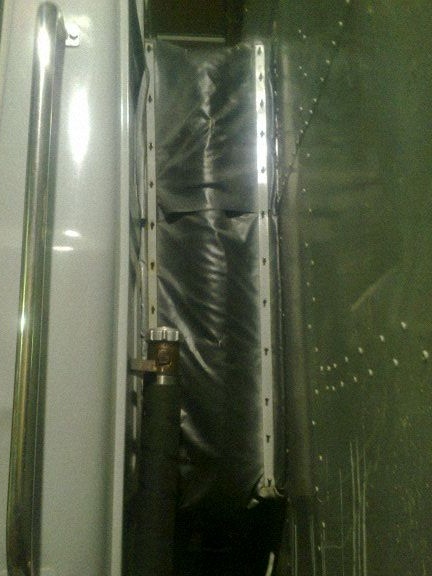
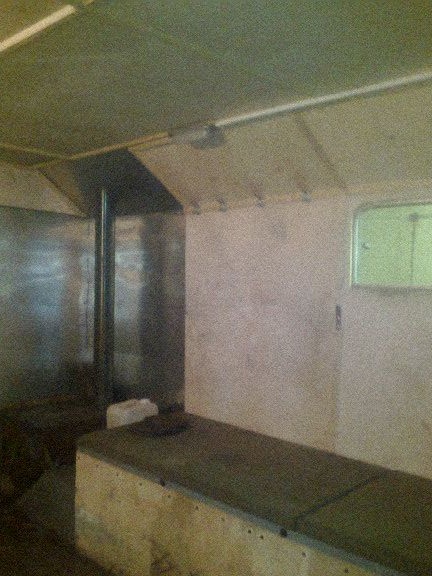
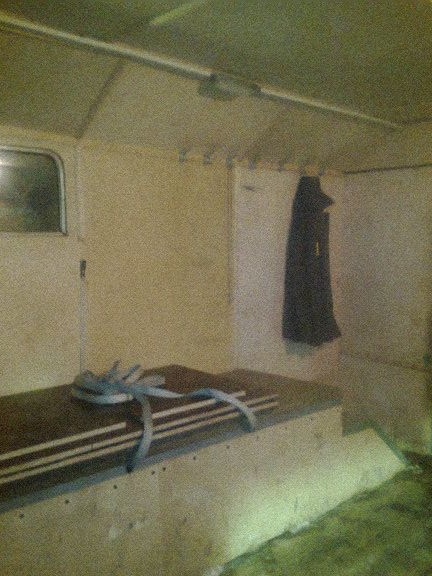
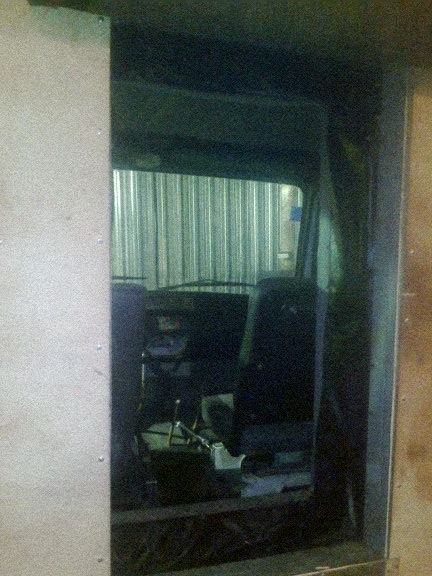

They also installed VIBASTO antifreeze heating at -35 degrees on the street heats the engine to 40 degrees in just 15 minutes, a very good and useful thing, the author recommends.
The internal dimensions of the space turned out to be: width 2.65 length 3.50 height 1.90
Here are the photos inside the cab:
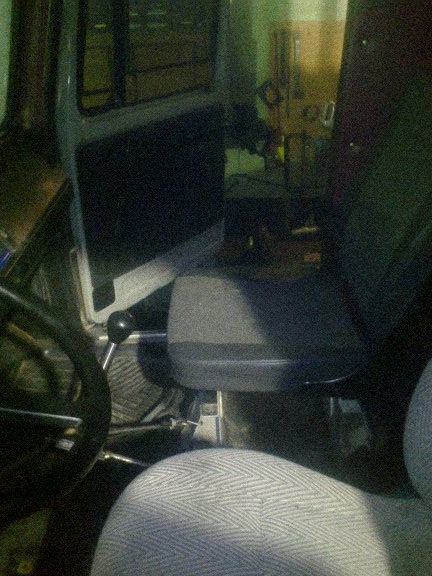
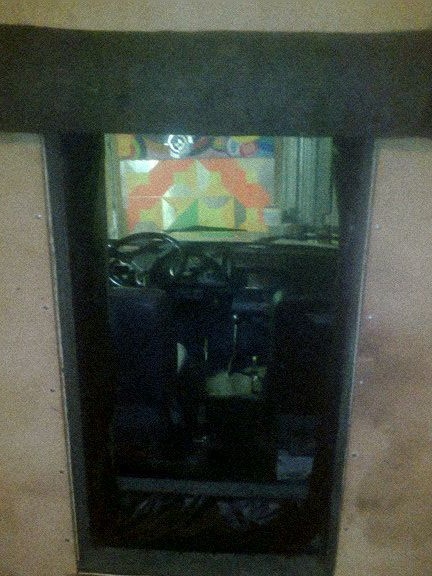
And here you can already look at the finished all-terrain vehicle:
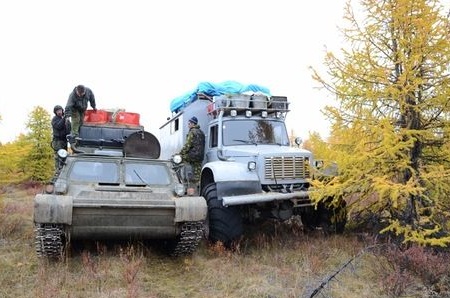
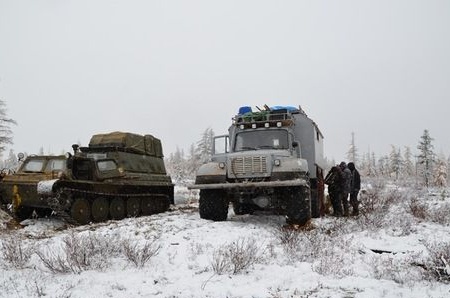
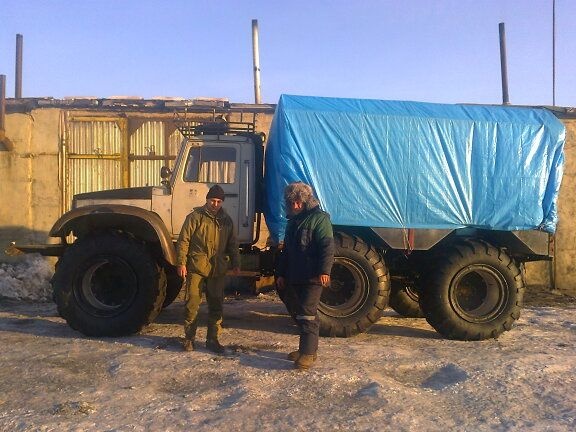
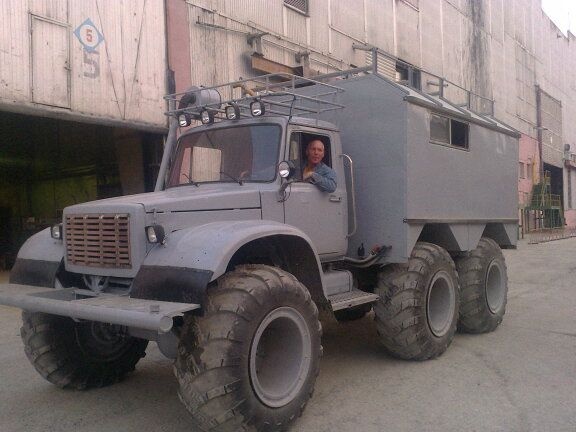
And also watch the video with field tests of the machine:
The author of this all-terrain vehicle Oleg Bykov from the village of Udachny, Yakutsk Region.
